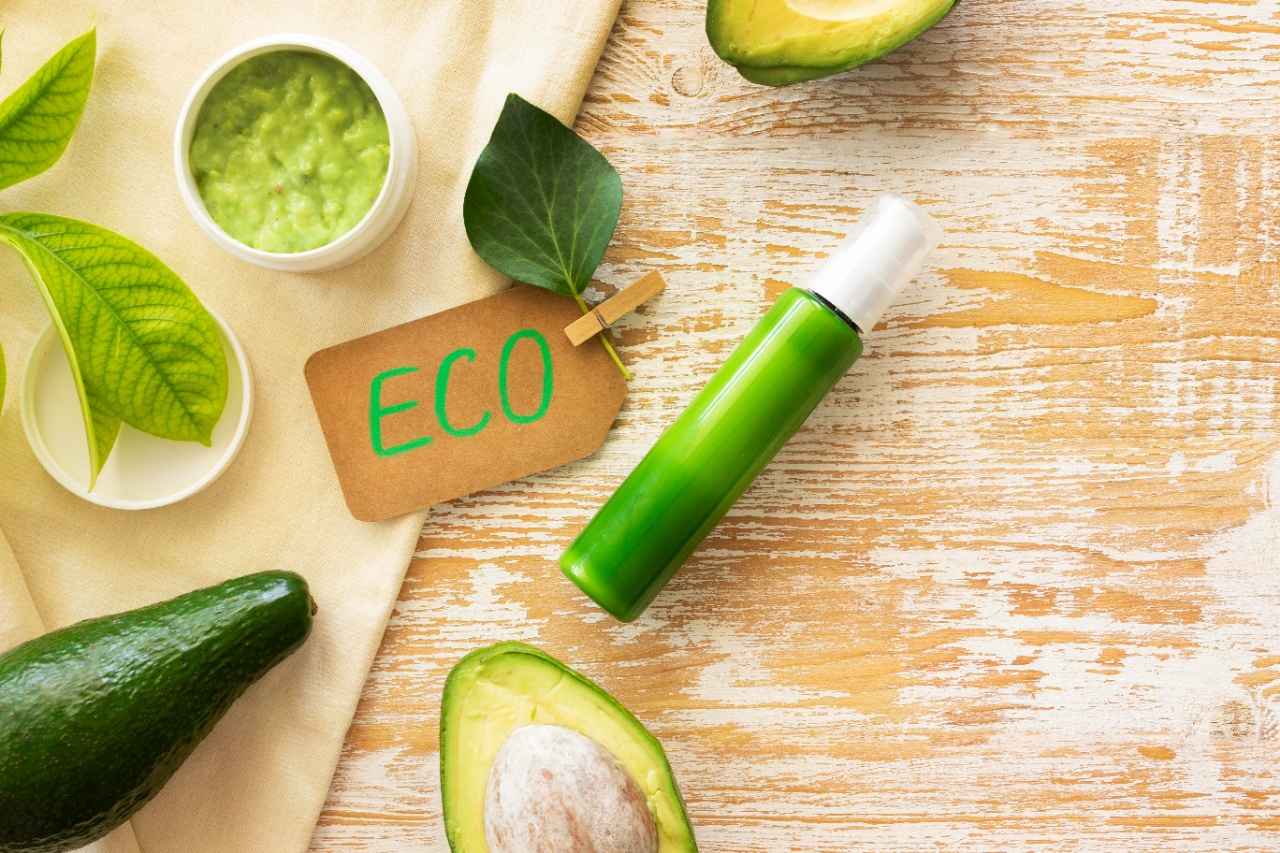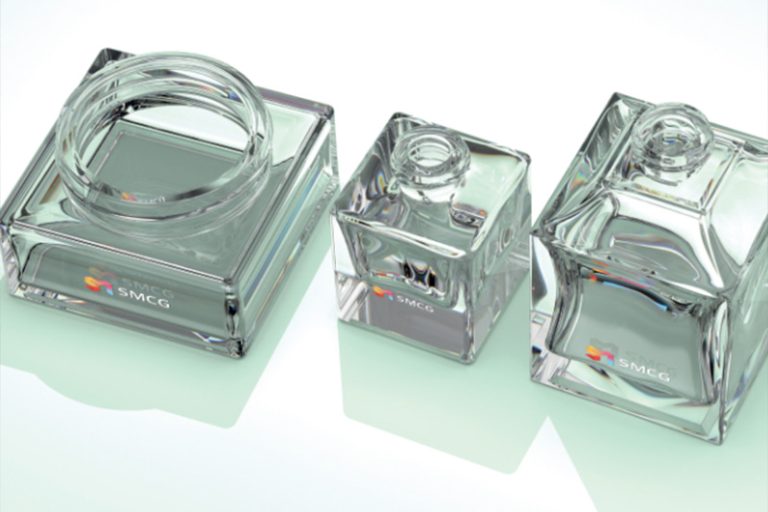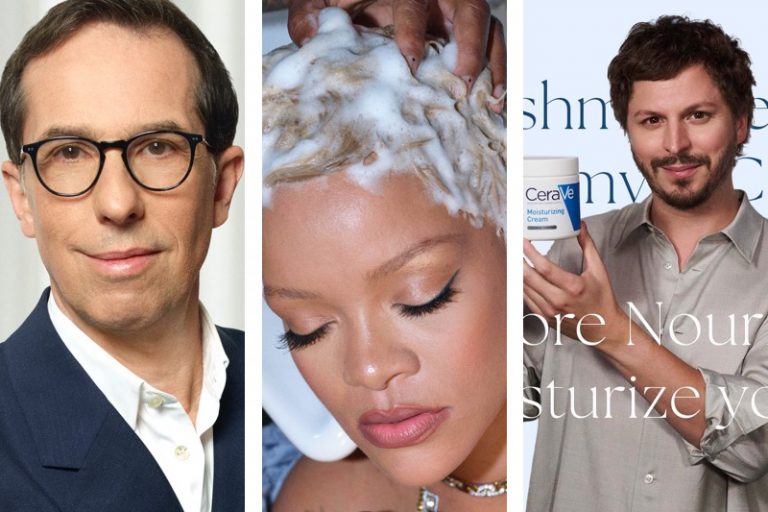Why Are Consumers Demanding More Sustainable Beauty Packaging?
What Pushes the Move to Sustainability in Cosmetics?
You’ve likely noticed greener packaging on your favorite beauty items. That’s no accident. People today really care about nature. This changes how cosmetic packaging is made. Buyers think about how packaging works, how it helps the earth, and how it looks. This push makes brands pick earth-friendly stuff. They also rethink their whole supply chain.
It’s not just about less plastic. Shoppers want brands to care about their products’ effect on nature. This starts with where materials come from. It ends with what happens when products are tossed out. As folks learn more about saving the environment, they choose brands with green materials.
How Are Gen Z and Millennials Shaping These Wants?
Young people are at the forefront of this change. Gen Z and millennials talk loudly about climate problems. They spend money on what they believe in. These buyers want realness, fair materials, and clear facts with every buy.
In 2025, trendy cosmetic packaging fits the needs of young shoppers. Think bright colors and green personal touches. Add creative styles, tech features, and artsy mixes. These groups want style and planet care. So, brands make bold designs that are kind to the earth.
Why Does Clear Information Build Brand Loyalty?
Saying a brand is “green” isn’t enough. People want proof. They want clear labels and sources they can check. They want real steps to cut waste. Tech like augmented reality (AR) or virtual reality (VR) helps. People scan QR codes on packaging. They learn more about products. This openness builds trust. It keeps customers coming back.
Are Rules Making Brands Go Green?
How Do Global Laws Push Sustainable Packaging?
Governments everywhere are setting tough rules. They cover plastic use, carbon output, and recycling. These laws speed up the switch to sustainable cosmetic packaging. It’s now a legal need, not just a marketing trick.
Many places now ask for extended producer responsibility (EPR). This means brands must manage their packaging’s whole life. They handle collecting and recycling it, too.
What Harm Does Old-Style Packaging Cause?
Old cosmetic containers often use plastics that don’t rot. These add heaps to landfill trash. They pollute oceans, too. Most cosmetic plastic packaging is hard to recycle. Without change, these materials stay in nature for hundreds of years.
This damage pushes governments and shoppers to demand better options. They want materials that rot naturally or can be reused.
How Does the Industry Tackle Carbon Footprint Issues?
To meet carbon-cutting goals, companies change how they make and move products. They aim for sustainable growth. They rebuild systems with “tech innovation + circular economy.” Lighter containers cut shipping emissions. Factories use clean energy. Every bit helps.
What New Materials Lead in Sustainability?
Which Rot-Away or Compostable Options Are Used?
Bioplastics come from corn starch or sugarcane. They replace oil-based plastics. Paper options with waterproof coatings work, too. These compostable choices stay strong. They look good, too.
Recyclable and rot-away materials are popular in cosmetic packaging. Think paper boxes, recycled glass, or plastic bottles that break down.
How Are Recycled Materials Used in Main Packaging?
Recycled PET (rPET), aluminum, and glass are common in the main cosmetic containers. These cut the need for new stuff. They also support systems where waste turns into new products.
Brands must use recyclable and rot-away materials. They need to focus on the whole packaging process, too.
Can Refillable Packaging Cut Waste?
What Are the Good and Bad Sides of In-Store vs. At-Home Refills?
Refill systems are a clever way to reduce single-use waste. In-store refill stations let you reuse containers. You can try new scents or formulas. At-home refills are simple. But they need smart designs, like leak-proof pouches or cartridges.
Brands offer refills in stores or by mail. Both ways use less material. They also keep customers happy by encouraging repeat buys.
How Do Brands Make Refillable Containers Last and Look Nice?
Strength matters. So does beauty. Jaunce offers many decoration services. They have special tools for fancy glass decoration. They use top-notch materials like glass or aluminum. Add finishes like matte frosting or smooth color blends. These make refillable containers feel like luxury items you’ll reuse.
Is Simple Design Better for Sustainability?
How Does Lightweighting Cut Material Use?
Using less material without losing strength saves resources in production. It cuts emissions in shipping, too, because loads are lighter.
This works best with strong designs that last long. It avoids pushing one-time use.
What Role Do Modular Systems Play in Cutting Waste?
Modular systems let parts like caps, pumps, or refills swap across products. This means fewer parts get made. It also lets you reuse what you have at home.
Can Digital Printing Reduce Waste in Production?
Yes. Digital printing skips the plates used in old methods. It uses ink carefully. It lets brands make small batches with less extra stock. This is perfect for seasonal items or limited editions. It avoids extra inventory waste.
How Does Tech Improve Sustainable Packaging?
What Can Smart QR Codes Tell Shoppers?
Smart QR codes give recycling tips for your area. They also share info about ingredient sources. Just scan with your phone. This makes sustainability simple with one quick scan.
Shoppers learn more about products by scanning QR codes on packaging.
How Does Blockchain Help Supply Chain Clarity?
Blockchain gives safe tracking from raw material sources to production. Scan product labels to see it all. This proves ethical sourcing claims are true, not just marketing words.
Who Leads in Eco-Friendly Cosmetic Packaging Today?
What Makes Jaunce Special in Eco-Innovation?
Want a partner who gets sustainable cosmetic packaging? Not as a trend, but as a mission? Check out Jaunce. They have years of experience in cosmetics material innovation. Jaunce mixes smart tech with deep industry know-how. They don’t just offer green options. They redefine beauty packaging. It’s clever, stylish, and responsible. Jaunce pushes sustainable and environmentally friendly packaging forward.
From tubes that rot away to refillable perfume bottles that look like art, Jaunce pushes limits. Your brand doesn’t have to pick between sustainability and style.
How Does Jaunce Work with Ethical Suppliers & Carbon-Neutral Partners?
Jaunce only works with suppliers who share their green values. They have certifications to prove it. Their system includes carbon-neutral delivery and recyclers. These close the loop well across global markets. Jaunce rebuilds the industry with “tech innovation + circular economy.”
How Can Your Brand Switch to Jaunce Products Today?
Which Jaunce Solutions Fit Different Cosmetic Products Best?
Skincare serums need UV-protective glass bottles. Lipsticks want sleek, refillable tubes. Jaunce has solutions for both function and style. Special ingredients need special packaging. Their know-how ensures materials match product needs. They keep performance and looks intact.
How Can You Customize Packaging While Staying Eco-Friendly?
You don’t have to choose between branding and planet care. Jaunce offers tons of customization. Think nature-inspired color blends like “Mocha Mousse” or “Horizon Green.” The warm “Mocha Mousse” has a natural charm. The unique “Horizon Green” adds a fresh vibe. They also emboss logos on recycled glass jars with low-impact methods. These still feel high-end.
FAQ
Q1: How is sustainable cosmetic packaging different from old options?
Sustainable packaging uses recyclable or rot-away materials like paperboard or rPET. It avoids oil-based plastics. Many include refillable systems to cut long-term waste.
Q2: Can eco-friendly packaging still feel fancy?
Yes! Top materials like glass and aluminum pair with elegant finishes. Think matte textures or custom color blends. This boosts sustainability and shelf appeal.
Q3: Is switching to sustainable packaging costly for brands?
Not always. Partners like Jaunce offer flexible, product-specific solutions. Brands can shift gradually without big cost issues.









